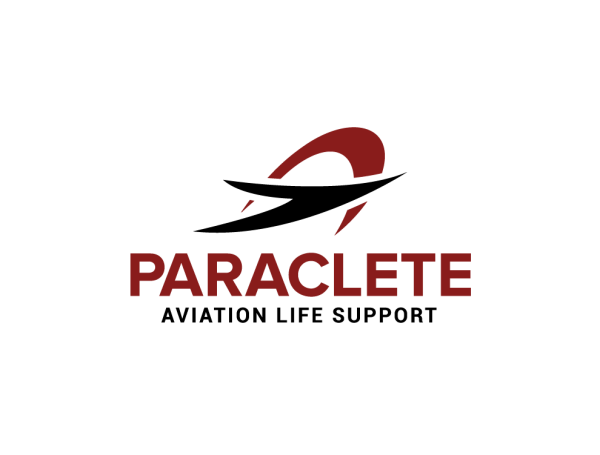1. Visual Inspection
- Examine the liner’s fabric and padding for any tears, fraying, or excessive wear. Pay close attention to high-contact areas such as the forehead and crown sections.
- Look for discoloration, moisture buildup, or mold, which can indicate deterioration. If moisture is detected, ensure the liner is fully dried before use to prevent bacterial growth.
- Check that all the seams and stitching are intact and not coming apart. Loose threads or unraveling seams can compromise the liner’s durability.
- Verify that the liner is properly aligned and seated within the helmet shell. It should not be twisted or bunched up, as this could affect comfort and fit.
2. Structural Integrity Check
- Press on different areas of the liner to ensure the padding maintains its shape and resilience. Compressed or hardened padding may no longer provide adequate comfort or protection.
- Identify flattened or compressed areas, particularly around pressure points like the forehead and crown, which could reduce comfort and impact absorption.
- Check that fasteners (Velcro, snaps, or adhesives) securely hold the liner in place. Loose fasteners can cause the liner to shift during flight, affecting stability and comfort.
3. Fit & Comfort Test
- Put on the helmet and ensure the liner provides a snug, even fit without creating excessive pressure points. The liner should feel comfortable without causing discomfort or uneven pressure.
- Move your head in different directions to confirm that the liner remains stable and does not shift. If it moves excessively, it may not be properly fitted or attached.
- Ensure there are no gaps or loose areas that could affect comfort or helmet security. A properly fitted liner ensures optimal shock absorption and helmet stability.
4. Cleanliness & Maintenance Check
- Remove any dirt, debris, or foreign objects from the liner. Pay special attention to Velcro or fastener areas where buildup may occur.
- Follow manufacturer guidelines for cleaning and drying the liner properly. Use only approved cleaning solutions to avoid material degradation.
- Confirm that no chemicals or cleaning residue remains, as harsh chemicals can weaken the liner and reduce its lifespan.
________________________________________________________________________________
Pass/Fail Criteria
PASS: The liner is clean, intact, securely attached, moderately soiled and retains its cushioning properties.
FAIL: If any signs of damage, detachment, excessive wear, or compression are found— DO NOT USE until replaced or repaired.
Refer to Maintenance Status Traffic Light Checklist to determine Serviceable condonation or if faults are Unserviceable, not recommended to fly with helmet until faults are resolved.


Post your comment on this topic.